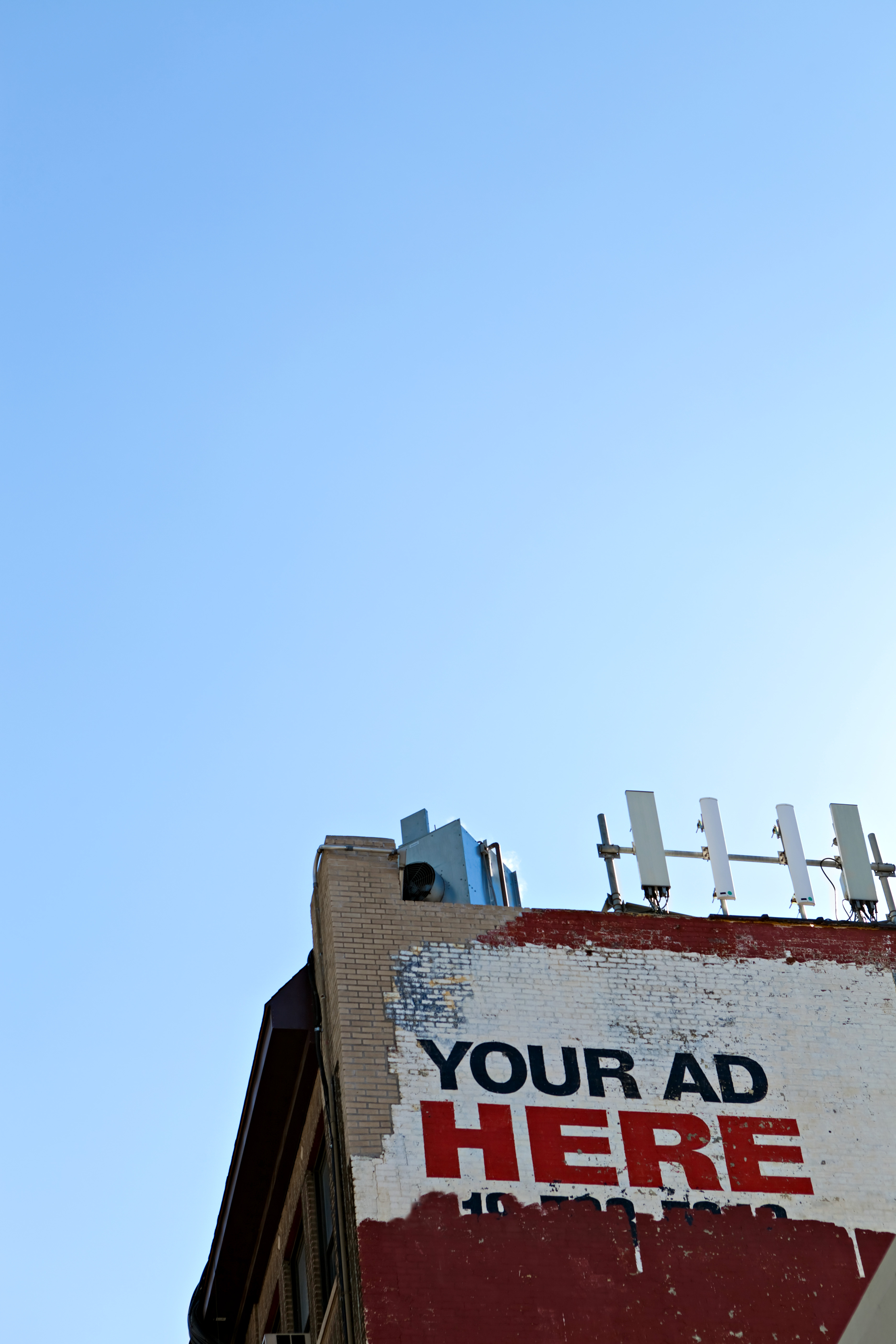 It’s no secret that Google has been hard at work over the past couple years now, implementing new tools, layouts, designs and formats. It’s been a bumpy road, especially since February 2016, when Google changed the ad layout for Paid Search Ads, when they retracted the side ads from Google Search Results. They didn’t stop there though adding new ad extensions, an updated user interface, changes to device bidding (funny how we all got angry with Google when they took this away years ago, and now they’ve brouught it back…just wanted to say “I told you so.” to Google), just to name a few. However, another big thing that they changed late last year, which wasn’t required until this past January, is Expanded Ads. For years, online marketers have been begging Google for this one and now they’ve finally delivered. Except that it came with some bugs, like your headline truncating at times, I’m one of the ones that was a little ticked about this, but it seems to be working better now. And with that being said, Google did come through for us on this one just the same, and we need to quickly adapt to this change by continuing to do what we’ve been doing all along…test! That’s what we’re going to go over here today. I’ll be reviewing some best practices for testing ad copy.
It’s no secret that Google has been hard at work over the past couple years now, implementing new tools, layouts, designs and formats. It’s been a bumpy road, especially since February 2016, when Google changed the ad layout for Paid Search Ads, when they retracted the side ads from Google Search Results. They didn’t stop there though adding new ad extensions, an updated user interface, changes to device bidding (funny how we all got angry with Google when they took this away years ago, and now they’ve brouught it back…just wanted to say “I told you so.” to Google), just to name a few. However, another big thing that they changed late last year, which wasn’t required until this past January, is Expanded Ads. For years, online marketers have been begging Google for this one and now they’ve finally delivered. Except that it came with some bugs, like your headline truncating at times, I’m one of the ones that was a little ticked about this, but it seems to be working better now. And with that being said, Google did come through for us on this one just the same, and we need to quickly adapt to this change by continuing to do what we’ve been doing all along…test! That’s what we’re going to go over here today. I’ll be reviewing some best practices for testing ad copy.
But before we get into that, let’s take a moment to review a few best practices for your Adwords account.
Keep your Campaigns and AdGroups relative to one another. By doing this, you can aggregate your data and not worry about discrepancies over a larger period of time. If all of your keywords are aggregated you can look at data as a whole, and break it down individually.
Remember to multivariate test. Look for all possible variations when testing ad copy. One headline may yield better results with a different landing page, or Headline 1 may yield better results in the Headline 2 field. There are a ton of different possibilities to consider when testing your ads and it’s important to make sure that you run through them all.
We are the leader in helping large and small agencies deliver Google Ads Management and other PPC Services to their clients. Can we help you? Check out more about Our White Label PPC Management Services to learn more about what we can do to help you deliver results to your clients today.
Lastly, even if your tests don’t show a definitive winner; you should remember that this is still a positive. The old saying comes to mind “There’s no such thing as bad publicity.” The same thing goes when testing your ad creatives. Just because you didn’t produce a winner doesn’t mean you didn’t learn something. What did you learn? How can you apply that to your next test? Always look for the silver lining.

Ideas To Use When Testing Your Ad Creatives
It’s important to remember that every industry will bring with it, different results. So, one thing that works for an e-Commerce site won’t necessarily work for a lead generation site. Also, one thing that works for one e-Commerce site doesn’t always work for another e-Commerce site. There really is no substitute for testing. As an online marketer I know that clients are always going to be looking for immediate results, and the best thing you can do from the start, is to set the expectation that* in order to optimize your account properly it’s going to take “time” and “testing.” There’s just no way around it. If you can set that expectation early, you’ll save yourself a lot of grief later on down the line. One thing I’ve learned in 14 years of online marketing, is that being frank when speaking to your clients, will almost always help your business relationship. If they can’t admit that they came to
you, because they are in need of a professional, then you’re going to be following their lead instead of the other way around.
-
Test Complete Numerical Values Against Numerical Abbreviations.
Testing different variations of your numerical values, believe it or not (♬“I’m fly’in on air…”♬–Whoops, sorry about that.), can yield very different results. The only way to find out which one works better is to test (obviously). Test the long and short form of your numerical values in your ads and see which prevails. For example, test “Over6M ProductsAvailable” versus “Over 6,000,000 Product Available”.
-
Test Your Call-To-Action’s “Action”.
Your Call-To-Action will always begin with a verb, or “action.” The problem is that some people will inevitably perceive this differently depending on a number of different variables. What we need to find out is which “action” word will return the best results. For example, when you say “Call Now” some people will perceive this as you telling them what to do, before you’ve had a chance to research. They’ll ask themselves “Do they think I’m stupid enough to make a decision without first doing the research?” See if you can get better results by saying “Visit Us Today” or something of the like, and see if the results are better. Once you’re finished testing, you can decide if the risk of saying one thing over another is more beneficial.
-
Place Your Call-To-Actions in Different Areas.
Placing your Call-To-Actions in different areas can also lead to different results. Sometimes people respond to instruction early on in the ad creative, and others like to read the entire ad before receiving instruction. Play with the placement of your Call-to-Action to see what performs better.
-
Use Your Brand Name In The Second Headline Field For All Non-Branded Keywords
A lot of times, you will see companies placing their brand name in the top Headline Field with the understanding that it increases brand awareness. This may be true, but people searching for non-branded terms usually are looking for a relevant connection of some type. Having content related to their actual search in the top Headline is the best way to get this result. That said, try adding your Brand Name in the second Headline to burn that connection between you and their search into their brains.
-
Try Using Dynamic Keyword Insertion Comparing It Against NOT Using Dynamic Keyword Insertion.
Sometimes using Dynamic Keyword Insertion works, but there are times that it just doesn’t work. In some instances, it just seems to gum up the works inserting content that doesn’t make any sense, depending on a visitors original search term. Test these against one another to get the best result before ignoring it all together.
That’s all I’ll cover for today. Try using these tips to optimize your ad creatives and increase your conversions.
-Ed Cehi
Senior PPC Consultant




























 Talk With Us
Talk With Us  Give Some Love
Give Some Love 


